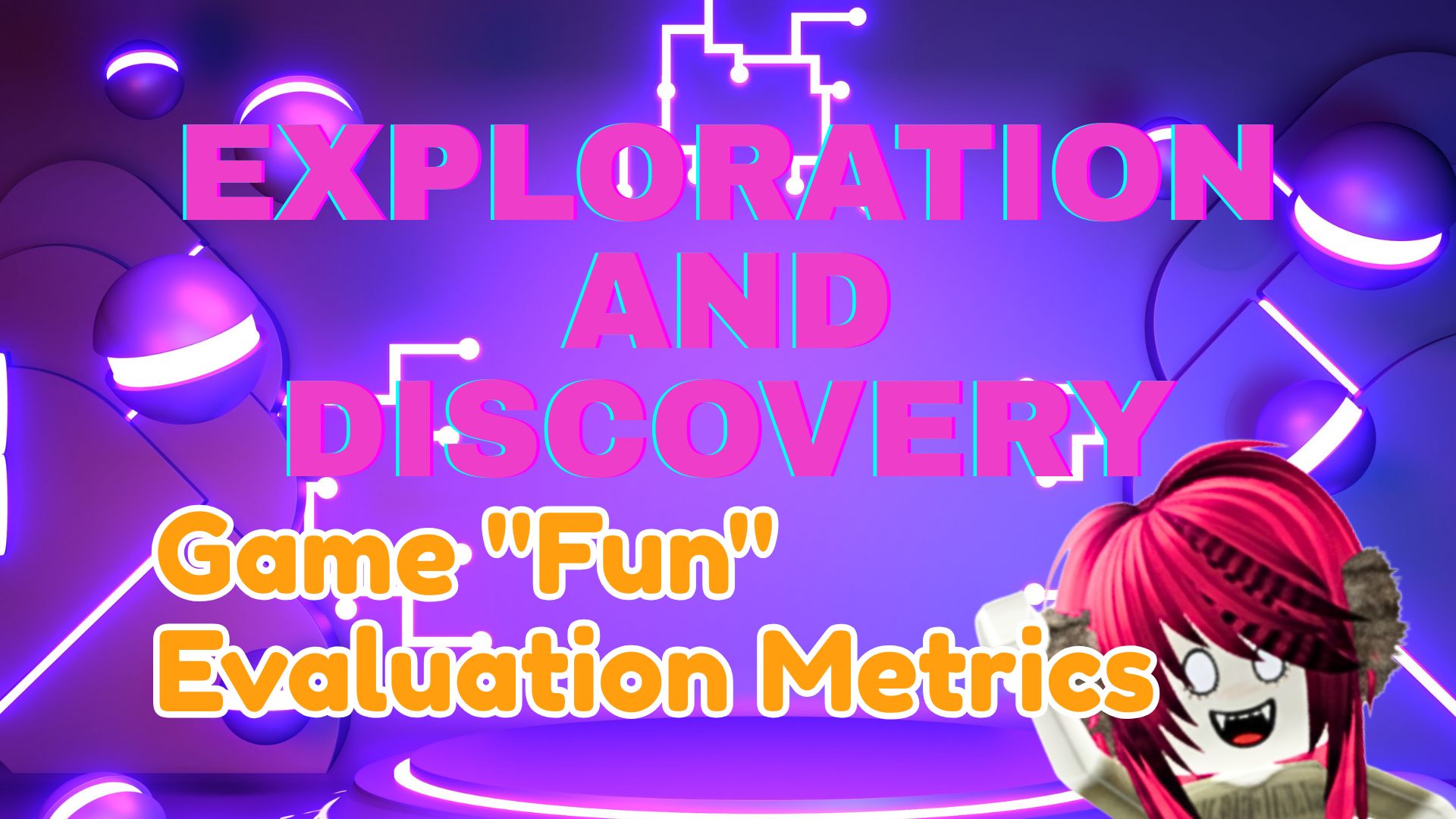
Key Takeaways
- 📊 Linearity 0.3-0.5 is optimal: Perfect balance between complete freedom and railroading
- 🔬 Prediction errors generate dopamine: Pleasant surprises create satisfaction
- 💡 10-second rule: New landmarks every 10 seconds maintain interest
- 🎯 70-20-10 rule: 70% base patterns, 20% variations, 10% complete surprises
In our previous article on "Player Agency", we explored how freedom of choice creates the ultimate immersion. This fourth installment in our game "fun" evaluation metrics series focuses on "Exploration and Discovery." Since the hunter-gatherer era, humans have survived through exploration. This ancient instinct is expressed in its purest form in modern video games. 100,000 years of human instinct awakening in games?! Are elements outside the main route placed in ways that make exploration worthwhile?
📊 Evaluation Content
Are elements outside the main route placed in ways that make exploration worthwhile?
🔍 Specific Measurement Items
- Side Path Reward Expected Value: Appropriateness of rewards relative to exploration risk (time, difficulty, items obtained)
- Hidden Element Discoverability: Placement that's deducible from hints rather than completely random
- Spatial Diversity Score: Visual and structural variation rather than repetitive terrain
💡 Why It Leads to Fun
The joy of unexpected discoveries and the special feeling of finding secrets unique to you enrich the gaming experience.
1. Psychological Origins of Exploration Behavior (1960s~)
Berlyne's "Curiosity Theory" (1960)
- Perceptual Curiosity
- Instinctive desire for new stimuli
- Epistemic Curiosity
- Higher-order desire for knowledge
Games are a rare medium that stimulates both simultaneously.
Optimal Arousal Theory
Humans seek "moderate novelty":
- Completely Predictable → Boredom
- Completely Random → Anxiety
- Deviation Within Patterns → Interest
2. Flodin's (2018) Linearity Research
Experimental Setup
- Developed a third-person action game
- Established methods to quantify linearity
- Recorded player exploration behavior
Linearity Calculation Formula
Linearity = 1 / (Number of Possible Paths)
Examples:
A→B (single path): Linearity = 1.0
A→B or A→C→B: Linearity = 0.5
A→B/C/D→E: Linearity = 0.33Key Findings
Preferences vary by player personality traits:
- Explorer Type: Prefers linearity 0.2-0.4
- Achiever Type: Prefers linearity 0.5-0.7
3. Summerville's (2018) Expressive Range Analysis
What is Expressive Range Analysis?
- 2D mapping of content's "possibility space"
- Plotting with X-axis: linearity, Y-axis: difficulty, etc.
Quantifying Diversity
Diversity Score = Entropy Calculation
Low Diversity (boring):
■■■■■■■■■■
High Diversity (interesting):
■□◆▲■○□★■△Discovery: Conditions for "Pleasant Surprises"
- Establishing Base Patterns (70%)
- Variations (20%)
- Complete Surprises (10%)
5. Spatial Cognition and Landmark Theory (2015~)
Lynch's Urban Image Theory Applied to Games
Five elements of urban planning in game spaces:
- Paths: Movement routes
- Edges: Boundaries
- Districts: Areas
- Nodes: Intersections
- Landmarks: Reference points
Effective Exploration Space Design
Three Design Principles:
- 10-Second Rule: New landmark every 10 seconds
- 3-Layer Structure: Foreground, middle ground, background elements
- Breadcrumbs: Small rewards placed like breadcrumbs
6. Modern Game Implementation Analysis
Breath of the Wild's (2017) "Guidance Without Guiding"
- Triangle Rule: Mountain ridges naturally guide the eye
- Golden Ratio Spiral: Placement of interesting objects
- Nested Reward Structure: Small discovery → Medium discovery → Large discovery
Hollow Knight's (2017) Evolved "Metroidvania"
First Visit: [====Wall====] (Can't pass)
↓
Acquire: Dash
↓
Revisit: [==Breakable==]→New Area (Aha! moment)7. Neuroscience of "Discovery Pleasure" Mechanism (2019~)
Learning Reinforcement Through "Prediction Error"
- The brain constantly makes predictions
- Dopamine release when predictions are wrong
- But only when wrong in a positive direction
Brain Mechanisms of "Aha! Moments"
-
Search Phase
Prefrontal cortex activation
-
Incubation Phase
Default mode network
-
Insight
Gamma waves in right temporal area
-
Pleasure
Dopamine release in reward system
Frequently Asked Questions (FAQ)
Q: Will adding more exploration elements make the game more fun?
Not necessarily. As Flodin's research shows, an appropriate balance with linearity of 0.3-0.5 is crucial. Too much freedom creates confusion, while too many restrictions eliminate exploration fun.
Q: How should hidden elements be placed?
Hint-based variable ratios are effective. Rather than completely random placement, making them deducible from environmental clues provides both discovery satisfaction and the pleasure of realization.
Q: How should we handle differences between player types?
For explorer-type players, set lower linearity (0.2-0.4), while for achiever-type players, set higher (0.5-0.7), or allow difficulty settings to adjust the necessity of exploration.
Conclusion
Exploration and discovery are core game design elements based on fundamental human desires. By combining appropriate linearity, psychological reward systems, and spatial design, we can continuously stimulate player curiosity and create memorable gaming experiences.
Implementation Points:
- Target linearity of 0.3-0.5, adjusted for player types
- Design surprises using the 70-20-10 rule
- Build spaces using the 10-second rule and landmark theory
- Optimize reward systems by combining fixed and variable schedules
References
- 📚 Flodin, B. (2018). "Creating Player Models for Linearity in Level Design" - Proceedings of the International Conference on Game Development
- 📚 Summerville, A., & Mateas, M. (2018). "Expanding Expressive Range: Evaluation Methodologies for Procedural Content Generation" - IEEE Transactions on Games
- 📚 Berlyne, D. E. (1960). "Conflict, Arousal, and Curiosity" - McGraw-Hill
- 📚 Lynch, K. (1960). "The Image of the City" - MIT Press